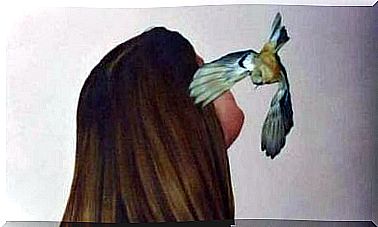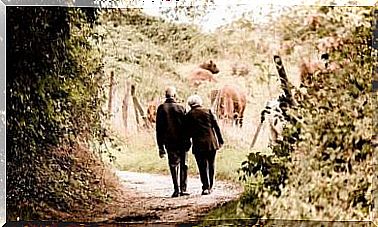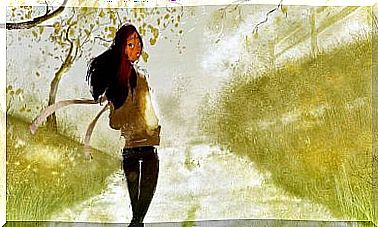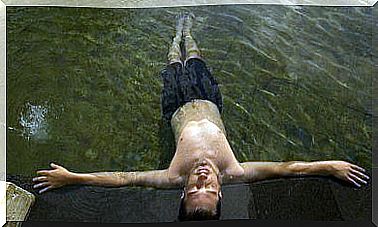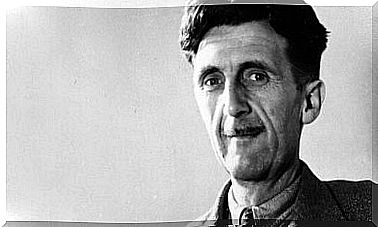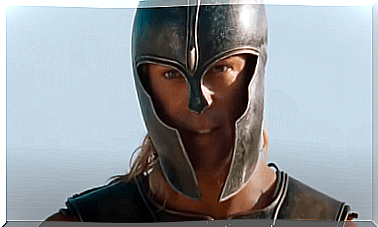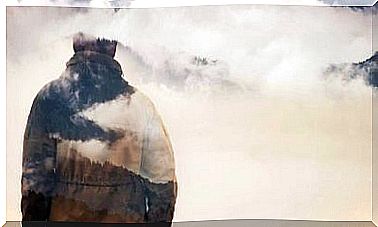Hermann Rorschach And His Interesting Life
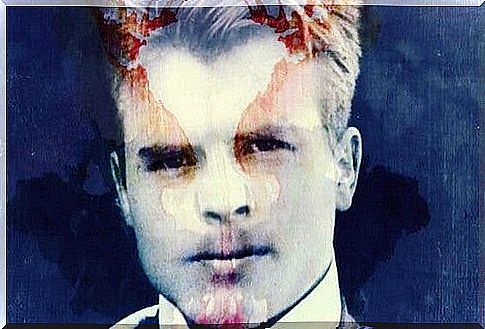
Hermann Rorschach was a physician and psychiatrist belonging to the first generation of Freudian psychoanalysts in history. He became famous for the famous test that bears his surname: the Rorschach test, better known as the spot test.
He was born in Zurich (Switzerland) in 1884. He came from a humble family. His father was a modest painter who earned his living by giving private art lessons. Hermann Rorschach showed some interest in drawing from childhood. His favorite technique was “flexography”.
Hermann Roschach had a passion for a game that consisted of filling a sheet of paper with color and folding it in half. In this way, singular and amusing figures were obtained. For this reason his companions gave him a premonitory nickname: klek, which means “stain”.
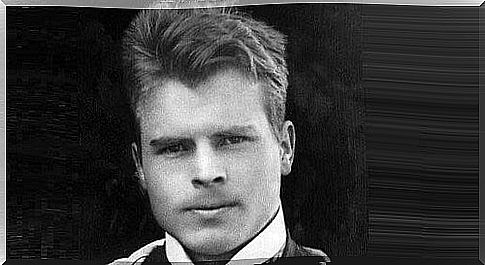
Hermann Rorschach, physician and psychiatrist
Hermann Rorschach hesitated about the profession he wished to pursue. He was interested in biology and art. Eventually he opted for medicine. He obtained his recognition in 1909 and decided to specialize in psychiatry.
During his psychiatry studies he had prestigious psychoanalysts such as Eugen Bleuler and Carl Gustav Jung as lecturers. Hermann Rorschach became enthusiastic with psychoanalytic ideas and did not abandon the discipline. He was particularly interested in diagnostics. It was he who coined the word “psychodiagnostic”.
He later became an assistant at various hospitals and then director of various nursing homes: Munterlingen, near Lake Constance, Munsingen, near Bern, and Herisau, in the canton of Appenzell. He collected extensive clinical experience before developing his famous test.
During those years he read Leonardo Da Vinci’s novel , a work by Dmitri Merejkovski which was published in St. Petersburg in 1902. He particularly attracted his attention a passage in which one of the characters called Giovanni Boltraffio, follows with his finger some wet spots on an ancient wall. The text says: “Often on the walls – he said -, in the mixture of the stones, in the cracks, in the drawings of the mold of the stagnant water […], I found similarities with wonderful places, with mountains, with rugged peaks, etc.”.
The Rorschach test
Hermann Rorschach’s life was short. He died at just 38 years old. During his last 3 years he wrote the work which allowed him to be remembered many years later. Its title was Psychodiagnostic and it was published in 1921. In this work Rorschach talks about the foundations of his test which he called “projective”. He stated that his purpose was to explore the imaginary representations of people, asking them to verbally express the mental associations they made with respect to certain drawings.
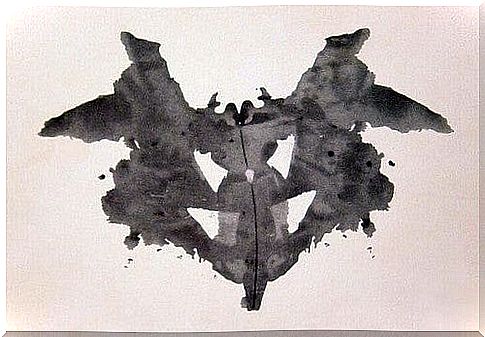
Previously Rorschach had studied in detail the mechanisms of dreaming, delirium and hallucinations. Although he was a follower of Freud, a clear influence of Jung can be seen in his concepts and language. In the responses of his patients he sought the internal images and imprints of civilization.
Originally the test consisted of 40 images, apparently blotchy. Nowadays only 15 of these images are used and the patient has to tell what he sees in them. At the time, the main purpose of the test was to determine whether the patients were neurotic or psychotic.
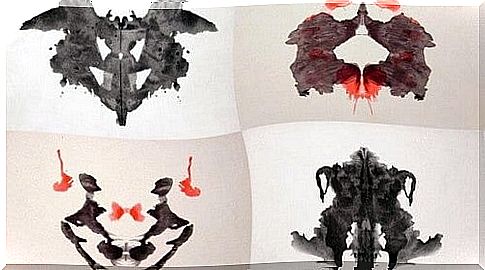
The heritage of Rorschach
The Rorschach test is one of the most widely used diagnostic tools in clinical psychology. Currently it is not only used to determine the presence of neurosis or psychosis, but has multiple applications. These range from identifying key personality traits to accessing employment.
This evidence is also used frequently in the forensic area, because the specialists who defend its value believe that the interpretation of the spots goes beyond rational control. Test persons are unlikely to manipulate the result. Thus, the Rorschach test reveals profound aspects of personality and for this reason it is still used almost 100 years after its creation.
Hermann Rorschach gave great support to psychology and psychoanalysis. Somehow his work remained incomplete, as he was struck by death during the full development of his technique. Nonetheless, it marked a before and after in the exploration of the human mind.
